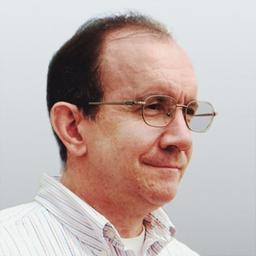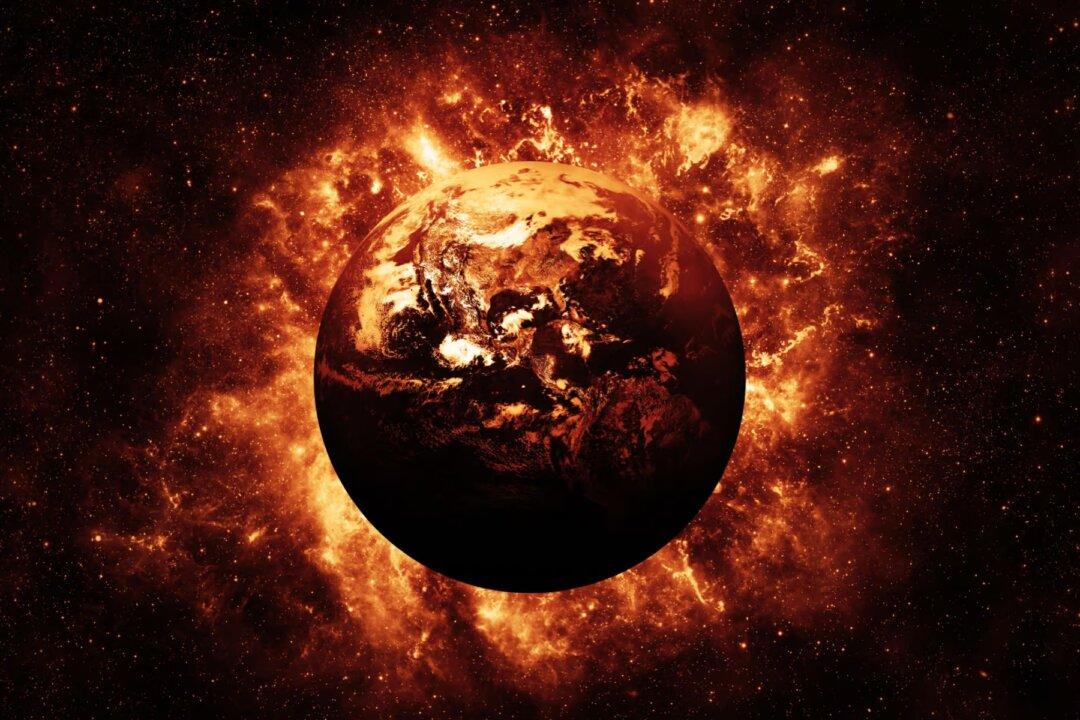For the past half-century or more, manufactured scares have been a recurrent part of life. Every year, a very small number of people are killed (usually only one) or injured by bears in Hokkaido, Japan. However, the news media invariably play up these incidents.
On a grander scale, we have frequently observed the worldwide-scare phenomenon in recent history. The COVID-19 panic should be viewed as simply part of a longer history of fear-mongering. Government officials, corporations, NGOs, and mainstream journalists often create and then exploit excessive fear, especially of diseases.
Thirty to 40 years ago, the scary disease obsession was AIDS. Though AIDS is indeed a fearful, deadly malady that has taken a great number of lives, much needless panic sprang from the poorly informed, ideologically slanted treatment of the AIDS epidemic by news media, government officials, activists, and others. Inconsistently, many of them wanted the public to view gay men as uniquely victimized by AIDS and yet also to embrace the belief that AIDS was equally a threat to heterosexuals.
By focusing on a case of heterosexual transmission, the drama helped to spread the popular misconception that AIDS was equally dangerous to heterosexuals, though such cases are much less common, for biological reasons. As a result of such media treatments, study-abroad programs in Japan suffered a great deal from the fear that Japanese exchange students would contract AIDS from foreigners.
Such extreme measures were taken in response to a disease that actually took very few human lives, if any. It was unclear whether there was any link between eating meat from BSE-infected cattle and a rare human malady named Creutzfeldt–Jakob Disease. The authors of “Scared to Death” label this whole episode as “Mad Cows and Madder Politicians.”
My own personal encounter with SARS hysteria came when I planned a trip to a Singapore academic conference. Our university’s president at that time and the head of its school of humanities pleaded with me to cancel my trip since Singapore was “very dangerous.” However, I had done my own research and discovered that Singapore had already been taken off the World Health Organization’s (WHO) watchlist of countries with a significant SARS danger.
Furthermore, there was actually only one SARS patient in Singapore at that time. I judged it to be safe and refused to cancel, so I was told that on my return I had to stay away from the campus for 10 days. Despite my skepticism, I took with me some face masks to wear in Singapore. On my arrival there, I was surprised to discover that no one was wearing them.
The next major disease panic was the swine flu outbreak of 2009. Contrary to alarmist predictions of massive numbers of deaths, it never amounted to much. Compared with the usual yearly seasonal flu, a large number did not die, and the symptoms were usually mild for flu infection. The health minister of Poland, Ewa Kopacz, announced that Poland wouldn’t purchase any swine flu vaccines, as many European nations were being urged to do. Only about 170 people died of the swine flu there, far fewer than the usual number of flu deaths.
Responses to the swine flu outbreak were eerily similar to some of the COVID-19 measures now. A number of important soccer matches in Europe were held without spectators. My university fell in with the worldwide panic and prepared for the worst. For the university entrance examinations held on campus, the administration doubled the number of proctors, in case many were struck down with the swine flu during that time. However, in the end, there were no real difficulties.
At the end of the article, the writers concluded: “No one at the WHO [and other agencies] should feel proud of themselves. These organizations have gambled away precious confidence. When the next pandemic arrives, who will believe their assessments?”
Well, as it turned out, in the case of COVID-19, quite a few people did believe, despite this earlier fiasco.
Finally, running throughout this period up to the present day, the global warming scare also deserves mention. Before COVID-19, the title of Booker and North’s book was actually “Scared to Death: From BSE to Global Warming.” Without getting into the scientific aspects of this matter, here I will note only that the politicization of the theory of man-made climate change resulted in the topic’s being thoroughly propagandized and distorted.
Clearly, the COVID-19 panic is only the latest chapter in a continuing chronicle of corruption, exaggeration, and hysteria. For those who were observant and thinking for themselves, it was not a big leap to conclude that something very fishy has been happening in recent years too.


